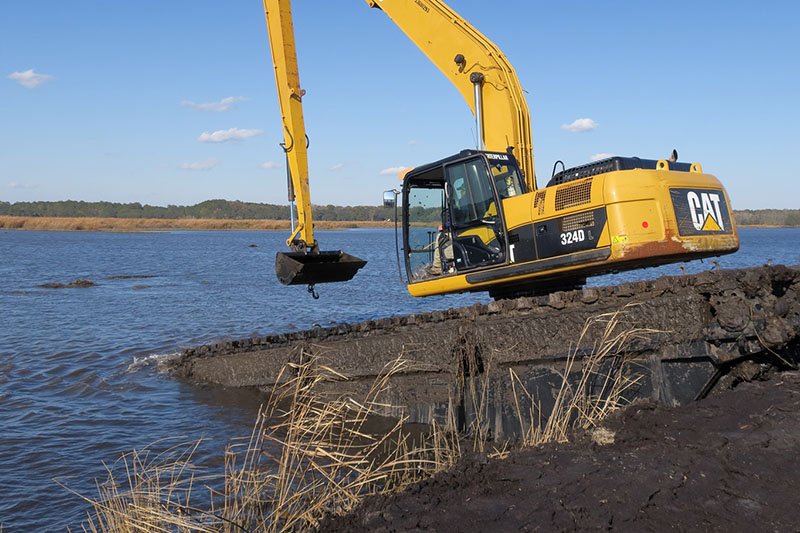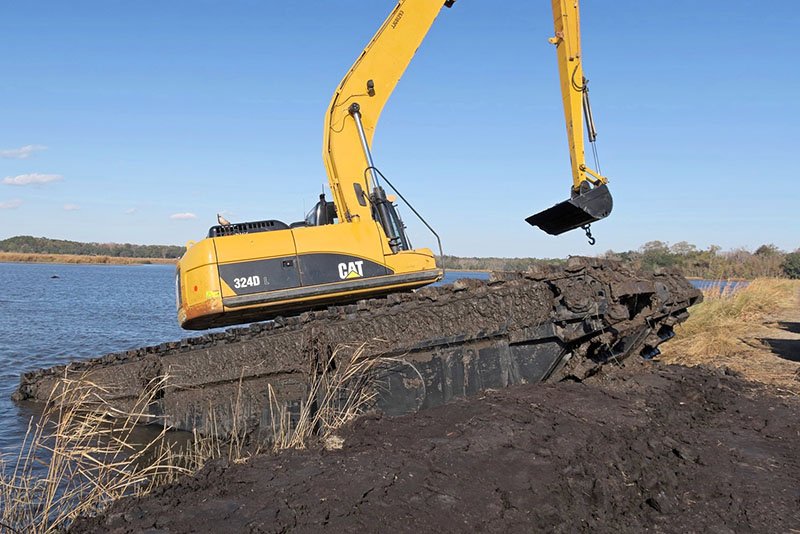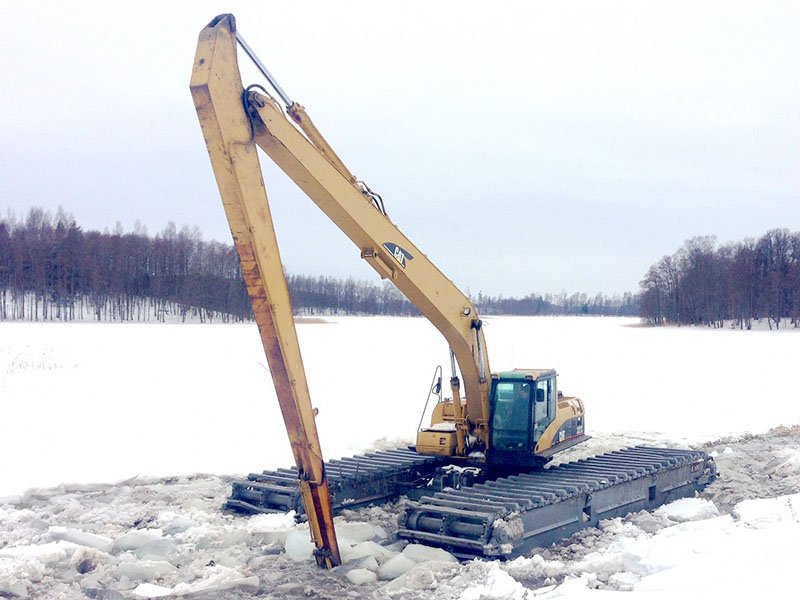Due to our growing population and the desire to improve the quality of life, excessive consumption of natural resources and unchecked urbanization has accelerated the deterioration of our natural environment. The importance of environmental protection needs no further elaboration, but usually, we only deal with its effects on human life. In fact, such destruction of ecosystems may be more harmful to wildlife than to humans.

Wetlands are home to a wide variety of plants, reptiles, birds, and mammals, including many endangered species. Wetland conservation aims to provide a favorable environment for these animals to thrive. This is an ongoing effort aimed at restoring areas that have been degraded by human activities or natural disasters (such as floods, hurricanes, or earthquakes).

In addition, conservation projects provide many other tangible benefits, such as improved flood control, clean water, recreational opportunities, aesthetic preservation and climate regulation. These are often referred to as “ecosystem goods and services”.
Wetland habitat for waterfowl
However, wetland conservation can be a very challenging business. Because wetlands can vary in size, from a few acres to hundreds of acres. Dams are usually built inside wetlands to control water levels, and only land vehicles can pass through.

The conservation projects in this case are hundreds of acres of rice paddy fields, as well as carefree habitats for aquatic life, fish, and other wildlife. Due to natural disasters, the destruction of wetlands is likely to deteriorate further if no intervention is taken. Immediate action must be taken.
Dikes across the rice field can help control the amount of water, as well as work as a road.

Prior to the use of amphibious excavators, standard crawler excavators were the only option for contractors doing this type of work. The wetland is connected to the river, and the water level is about 1.5 meters. It is only when the water level is at its lowest that the work can be carried out, at very low efficiency though. More troubling, the ground of the wetland is very soft, thus standard crawler excavators would sink into the soil, and can’t take any more suitable path. A layer of logs is laid into the road, for which the excavator must constantly move forward and backward its arm at 180 degrees, to deliver the timber and cushion to the desired location, while walking ahead in the meantime. The entire efficiency is very low and it is both labor and money-consuming.

The ooze dug out of the water needs to be dehydrated and compacted to form an embankment.
Logs used for paving hiking trails across the wetland.
Get twice the result with half the effort

Contractors have been trying for years to come up with a more efficient solution. The introduction of an amphibious excavators has completely solved this problem. Under these adverse conditions, the Amphibious Excavator has proved to be a very efficient machine, while the standard crawler excavator could only be a thing of the past.
RIVER-250 amphibious pontoon undercarriage, equipped with CAT324D long arm excavator.

RIVER’s amphibious excavator once again proves its usefulness in wetlands, swampy areas, and any soft land. Now, contractors have enhanced their efficiency to a completely new level by transferring investment directly into the equipment instead of wasting time and cost on unnecessary materials and processes.

A classic example:
A machine for all seasons
Winter, when the wetlands are frozen, is the only season when a standard crawler excavator can still work effectively. Swamp Buggies, however, are all-season devices! It is our responsibility to help customers save costs and protect the environment.
